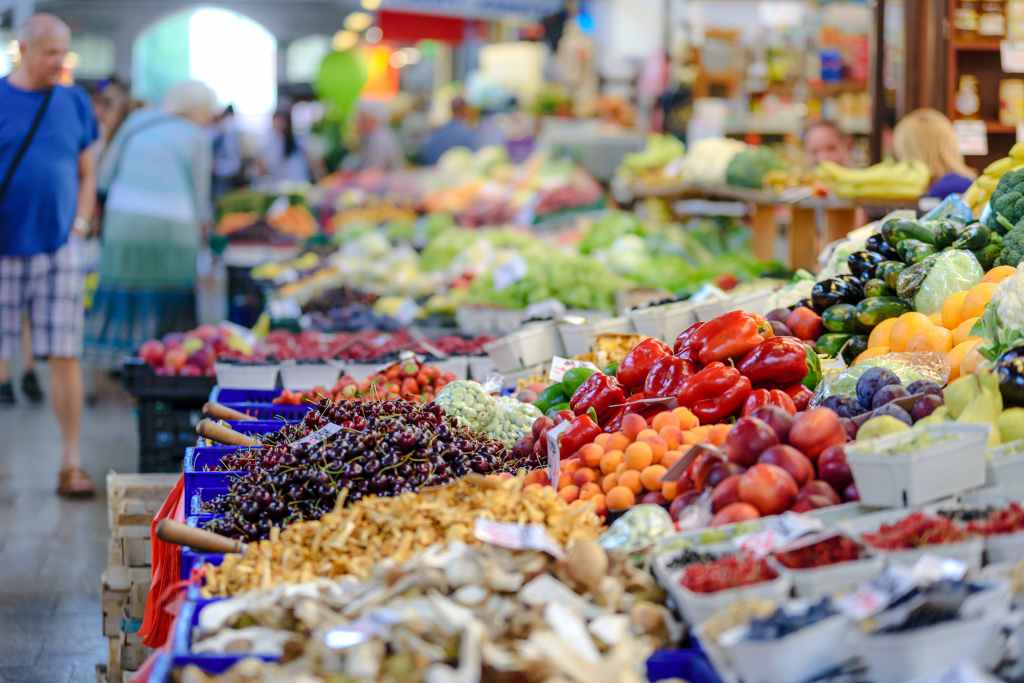
First of all, you may be asking, “What is a food desert?” Simply, a food desert is a geographic area where residents have limited access to healthy and affordable food options. Food desert’s are areas typically found in low-income neighborhoods and rural communities, where residents may have to travel long distances to purchase fresh fruits and vegetables or other nutritious items. The lack of access to healthy food options can lead to a variety of health problems, including obesity, diabetes, and heart disease.
Many of us come into the new year with resolutions, to-do lists, and thoughts on how we can make positive impacts in our own lives as well as our communities. Let’s take a hard look at our surrounding communities and what we can do there as well.

Join the list
Join hundreds of our subscribers and be the first to know about new content and special offers.
One of the main causes of food deserts is poverty. Low-income individuals and families often have limited resources to purchase healthy food, and may rely on convenience stores or fast food restaurants for their meals. These options are often high in calories and low in nutritional value, leading to poor diet and health outcomes. Additionally, many grocery stores and supermarkets are located in wealthier areas, making it difficult for low-income residents to access them.

To address the issue of food deserts, communities can take a variety of steps to increase access to healthy food options. One solution is to encourage the development of grocery stores and supermarkets in areas that are currently underserved. This can be done through incentives such as tax breaks or grants for businesses that open in these areas. Additionally, farmers markets and community gardens can provide residents with access to fresh, locally grown produce.

Another solution is to promote the use of food assistance programs, such as the Supplemental Nutrition Assistance Program (SNAP), which can help low-income individuals and families purchase healthy food. Community organizations can also provide education and resources on how to prepare healthy meals on a budget.
Another approach is to address the underlying issues that lead to poverty, such as lack of education and job opportunities, which can make it difficult for residents to afford healthy food options. Community organizations can work to improve access to education and job training, as well as advocate for policies that support economic development in low-income areas.
Food deserts are a serious problem that affects many low-income communities. To address this issue, communities can take steps to increase access to healthy food options, such as encouraging the development of grocery stores and supermarkets, promoting the use of food assistance programs, and addressing the underlying issues that lead to poverty. By working together, communities can improve the health and well-being of their residents and create more equitable access to nutritious food.
If you enjoyed this blog , please LIKE, Follow, Share & leave me a comment! I love your feedback!
If you aren’t following me on Facebook & Instagram, go on over & give a LIKE & Follow me for daily tips & tricks for your home & garden!
Remember to eat fresh, shop local, & have a happy day,
Jean
Copyright Policy
All text and images on this site are copyright of For Dragonflies And Me. Unless otherwise noted, you may not use this content
This post may contain affiliate links. If you choose to purchase through an affiliate link, I may receive a small commission at no additional cost to you. You can see my full disclaimer here


